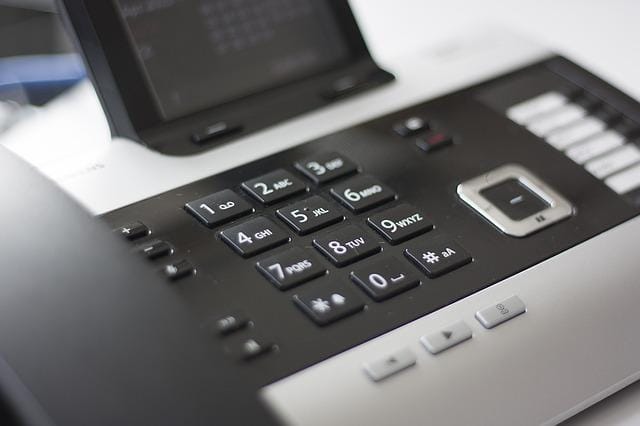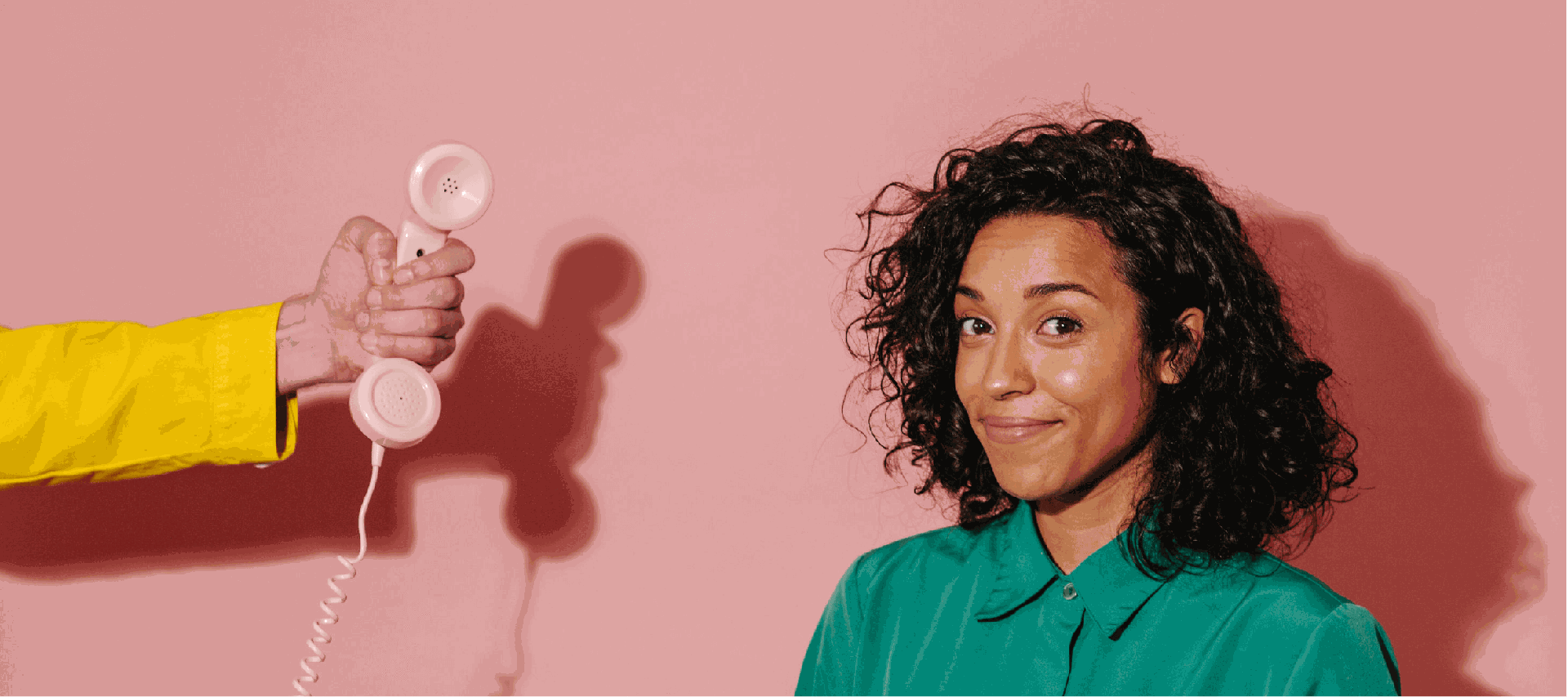All Categories
Featured
Table of Contents
- – What Is The Best What The Heck Is An Answering ...
- – What Is The Best How To Start An Answering Ser...
- – What Is The Best Answering Services Out Right Now
- – Which Is The Best How Answering Services Work...
- – How Do I Find A What Is An Answering Service?...
- – Who Has The Best Construction & Trades Phone...
What Is The Best What The Heck Is An Answering Service? To Buy Right Now
This gadget and its followers were created by Sava Jacobson, an electrical engineer with a private consulting organization. While early answering makers used magnetic tape innovation, most modern devices uses strong state memory storage; some gadgets utilize a combination of both, with a solid-state circuit for the outgoing message and a cassette for the incoming messages.
"toll saving" below) (phone answering service). This works if the owner is screening calls and does not want to consult with all callers. In any case after going, the calling celebration must be informed about the call having been addressed (most of the times this starts the charging), either by some remark of the operator, or by some welcoming message of the TAD, or addressed to non-human callers (e.
This holds specifically for the Little bits with digitally stored welcoming messages or for earlier makers (prior to the increase of microcassettes) with a special unlimited loop tape, different from a 2nd cassette, committed to recording. There have actually been answer-only devices with no recording capabilities, where the greeting message needed to notify callers of a state of existing unattainability, or e (reception services).
What Is The Best How To Start An Answering Service Business For Your Money

about accessibility hours. In recording TADs the welcoming typically consists of an invite to leave a message "after the beep". An answering device that utilizes a microcassette to tape-record messages On a dual-cassette answerphone, there is an outbound cassette, which after the specified variety of rings plays a pre-recorded message to the caller.

Single-cassette answering machines consist of the outgoing message at the start of the tape and inbound messages on the staying area. They first play the statement, then fast-forward to the next readily available space for recording, then record the caller's message. If there are lots of previous messages, fast-forwarding through them can cause a considerable delay.
This beep is typically referred to in the greeting message, requesting that the caller leave a message "after the beep". TADs with digital storage for the recorded messages do not reveal this delay, naturally. A TAD might use a remote control facility, whereby the answerphone owner can ring the house number and, by getting in a code on the remote telephone's keypad, can listen to taped messages, or delete them, even when away from house.
What Is The Best Answering Services Out Right Now

Thus the machine increases the variety of rings after which it responds to the call (normally by two, resulting in four rings), if no unread messages are currently stored, but answers after the set number of rings (generally 2) if there are unread messages. This enables the owner to discover whether there are messages waiting; if there are none, the owner can hang up the phone on the, e.
Some devices likewise allow themselves to be remotely activated, if they have been changed off, by calling and letting the phone ring a particular a great deal of times (typically 10-15). Some service providers desert calls already after a smaller sized number of rings, making remote activation impossible. In the early days of Little bits a special transmitter for DTMF tones (dual-tone multi-frequency signalling) was regionally required for push-button control, given that the previously employed pulse dialling is not apt to convey proper signalling along an active connection, and the dual-tone multi-frequency signalling was carried out stepwise.
Any incoming call is not recognizable with respect to these homes in advance of going "off hook" by the terminal devices. So after going off hook the calls should be changed to appropriate gadgets and only the voice-type is immediately accessible to a human, but maybe, nonetheless ought to be routed to a LITTLE (e.
Which Is The Best How Answering Services Work Company
What if I told you that you do not have to actually pick up your device when addressing a consumer call? Another person will. So hassle-free, right? Answering telephone call doesn't require someone to be on the other end of the line. Efficient automated phone systems can do the technique simply as effectively as a live representative and often even much better.
An automated answering service or interactive voice action system is a phone system that communicates with callers without a live person on the line - reception services. When companies use this innovation, customers can get the response to a concern about your organization simply by utilizing interactions set up on a pre-programmed call circulation.
Although live operators upgrade the customer care experience, numerous calls do not need human interaction. A simple documented message or directions on how a client can obtain a piece of details usually resolves a caller's immediate requirement - answer phone service. Automated answering services are an easy and effective method to direct incoming calls to the right person.
How Do I Find A What Is An Answering Service? - Ruby Blog Service?
Notice that when you call a company, either for support or product query, the first thing you will hear is a pre-recorded voice welcoming and a series of options like press 1 for customer care, press 2 for inquiries, and so on. The pre-recorded options branch out to other options depending upon the customer's choice.
The phone tree system assists direct callers to the right person or department using the keypad on a smart phone. In some instances, callers can utilize their voices. It deserves noting that auto-attendant choices aren't restricted to the ten numbers on a phone's keypad. When the caller has actually picked their very first choice, you can create a multi-level auto-attendant that utilizes sub-menus to direct the caller to the right sort of support.
The caller does not need to communicate with an individual if the auto-attendant phone system can manage their issue. The automatic service can route callers to a staff member if they reach a "dead end" and require assistance from a live representative. It is pricey to hire an operator or executive assistant.
Who Has The Best Construction & Trades Phone Answering Service?
Automated answering services, on the other hand, are substantially cheaper and supply considerable cost savings at approximately $200-$420/month. Even if you do not have actually dedicated staff to handle call routing and management, an automated answering service improves efficiency by allowing your team to concentrate on their strengths so they can more effectively invest their time on the phone.
A sales lead routed to client service is a lost shot. If a client who has product concerns reaches the incorrect department or receives incomplete responses from well-meaning staff members who are less trained to manage a specific kind of question, it can be a cause of disappointment and dissatisfaction. An automated answering system can reduce the number of misrouted calls, thus assisting your workers make much better use of their phone time while maximizing time in their calendar for other tasks.
With Automated Answering Systems, you can create a customized experience for both your personnel and your callers. Make a recording of your primary greeting, and just upgrade it frequently to reflect what is going on in your organization. You can develop as lots of departments or menu options as you want.
Table of Contents
- – What Is The Best What The Heck Is An Answering ...
- – What Is The Best How To Start An Answering Ser...
- – What Is The Best Answering Services Out Right Now
- – Which Is The Best How Answering Services Work...
- – How Do I Find A What Is An Answering Service?...
- – Who Has The Best Construction & Trades Phone...
Latest Posts
High-Quality Professional Answering Service Near Me
Bilingual Answering Service – Adelaide
Advanced Virtual Assistant Receptionist
More
Latest Posts
High-Quality Professional Answering Service Near Me
Bilingual Answering Service – Adelaide
Advanced Virtual Assistant Receptionist